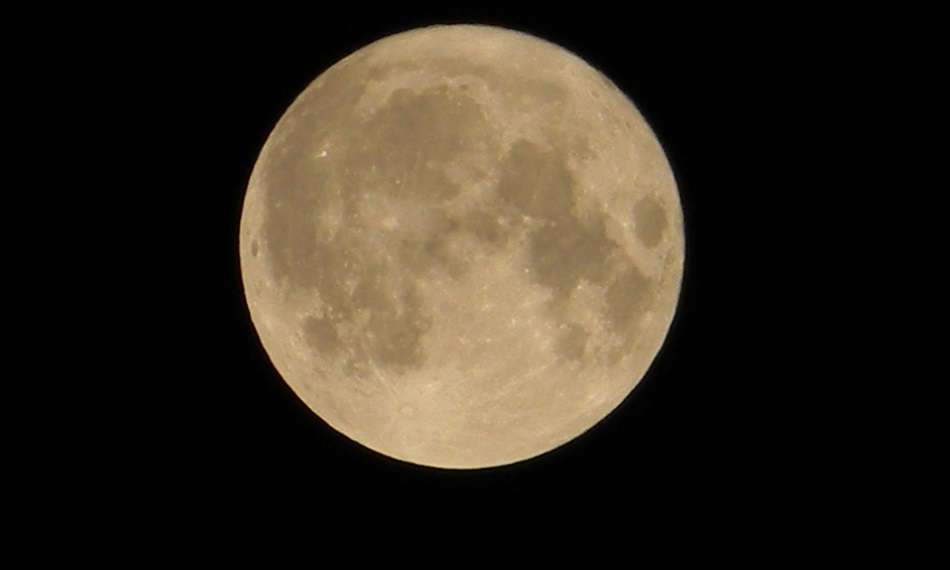Well, the big news is coming straight for the lovers of Supermoon. As per the reports, everyone is going to see the brightest moon of this year today on 3rd December. Skywatchers and stargazers can feast their eyes on December 3. Reports are coming that this Sunday the Moon will appear much closer than it generally does and that’s why you all may found it shiny for sure. Sources are saying that this could be the first and last supermoon the year, the brightest one will appear close to the Earth over the weekend.
In November 2016, the moon reached a distance closest to the Earth than ever before since 1948, resulting in a supersized supermoon. A supermoon is a popular term for a full or new moon which is close to the Earth. Supermoon, also known as ‘cold moon’ will appear in the skies of the United Kingdom. It will be at its brightest at 4.47 pm and shine in the night sky. You all can see it from your won hood and enjoy the supermoon for sure.
We are sure that there’s no need of binoculars or telescopes to see the naked eye. Yes! This moon isn’t going to affect your eyes in any way you all can see it naked. Also, maybe because of the fool moon gravity could disturb a bit. Full moons occur when the Earth is directly in line between the moon and the sun. It appears every 29 and half days when the moon is illuminated by the sun’s rays.
Also, the supermoon occurs when the full moon coincides with the point in its elliptical orbit bringing it closest to the Earth. A supermoon can appear 14 percent larger and 30 percent brighter than a regular full moon. When the moon rises over an object on the horizon the effect is most noticeable.
The supermoon will be at its greatest degree in the wee hours, about 2:45 a.m. central time on Monday. But it can be viewed Sunday night or Monday morning if the skies are clear. All, you need to do is catch the moon on your hood and you all are going to love it. Supermoons will get smaller slowly while moving out of Earth’s orbit, moving 1.5 inches (3.8cm) further from the Earth each year.

Leave a Reply